Risk of becoming ruins
On the land of Nghe An, there are thousands of cultural and historical relics that have quietly existed over the years. These relics are not only architectural works but also vivid memories of many previous generations.
However, among them, many relics have not been ranked and have not received proper attention, leading to the risk of being lost and seriously degraded.
According to data from the Department of Culture, Sports and Tourism of Nghe An, the whole province has 2,602 relics, but only 500 relics have been ranked (including 6 special national relics, 14 national relics and 32 provincial relics).
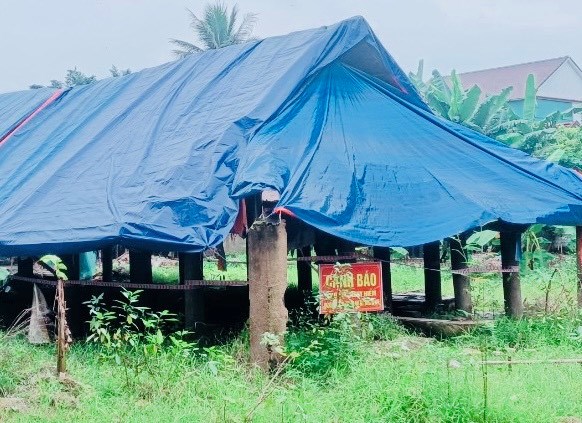
Nhan Hau communal house (Hung Tien commune, Nam Dan, Nghe An) although included in the list of relics inventory and protection according to the Law on Cultural Heritage, but due to lack of management and restoration, it has become increasingly seriously degraded.
This means that more than 2,100 remaining relics have only been inventoried but have not been officially recognized. As a result, conservation work faces numerous difficulties, lack of funding, lack of priority policies, and especially lack of community interest.
Many historical relics, despite their great value, are still at risk of being destroyed. Nhan Hau communal house (Hung Tien commune, Nam Dan, Nghe An) is listed in the list of relics and protected under the Law on Cultural Heritage, but due to lack of management and restoration, it has become increasingly seriously degraded.
Originally located in Binh Son hamlet, the communal house was moved to Con But market in the 1980s. When the new market was built, the communal house was abandoned, becoming a dangerous area, with entry prohibited.
The heartbreaking story that also took place at Trung Hoa Communal House (Nghi Thuan Commune, Nghi Loc District) is a typical example. Built in 1914, the communal house has a traditional 5-room architecture, is an important cultural place of the village and witnessed the heroic Nghe Tinh Soviet movement.
However, because it has not been classified as a relic, the communal house has not received any investment in restoration. Over time, the roof and eaves have collapsed, the wooden pillars have been eaten away by termites, and the tiled roof has been severely damaged. Without urgent measures, this structure could become a ruin in just a few years.
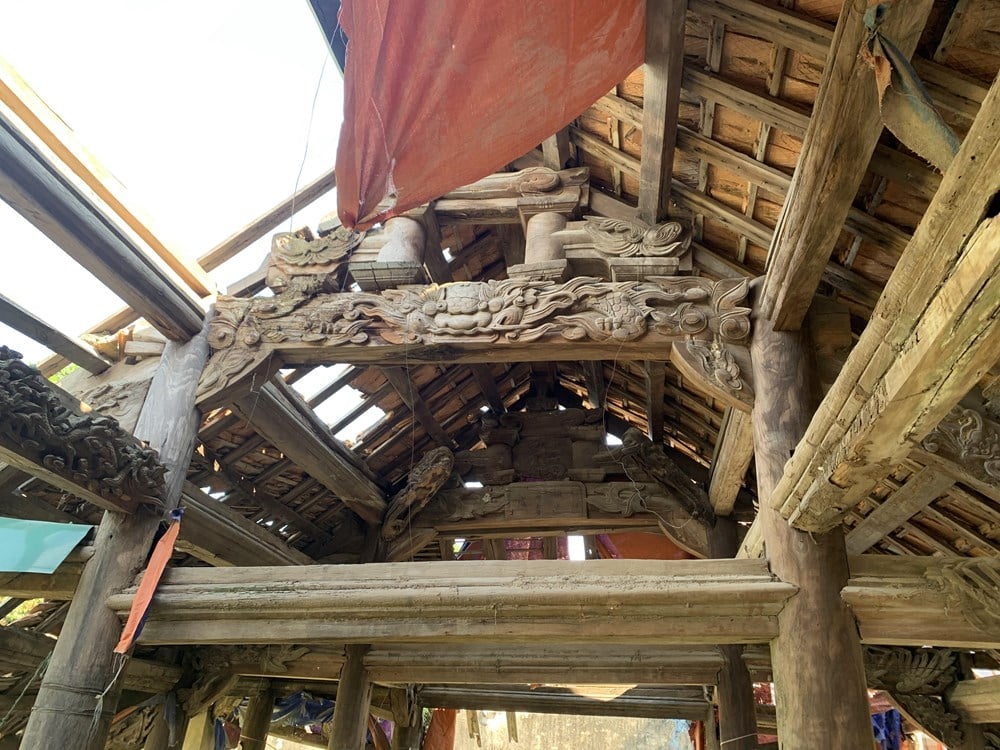
Without urgent measures, the monuments could become ruins.
“Every day, seeing each wall peeling off, each termite-infested pillar, and each moss-covered tiled roof gradually shifting, my heart aches endlessly.
"If there is no timely conservation plan, I'm afraid that tomorrow, the communal house will only have collapsed walls and tilted wooden pillars...", Mr. Dang To Ky, a volunteer who looks after the Trung Hoa communal house relic, said in a sad and regretful voice.
At the Tran Khac family temple in Van Tu, Yen Thanh. Built in the 16th century, the temple preserves 18 valuable royal decrees from the Le, Tay Son, and Nguyen dynasties, along with many rare antiques.
However, in February 2020, some descendants of the family arbitrarily dismantled the upper hall to move it to another location, completely distorting the original elements of the structure.
This action not only violates the Law on Cultural Heritage but also destroys the originality of the relic, making it impossible to fully restore its cultural value. Although the government has intervened, the consequences are still extremely regrettable.
Not only are the buildings in disrepair, many other relics also face the risk of being encroached upon or having their functions changed.
Hong Phuc Pagoda (Thanh Chuong), a sacred structure with a history of hundreds of years, is currently surrounded by civil construction works, losing its inherent solemnity.
Or like Duc Hoang Temple (Quynh Luu), where the famous general Ho Hung Dat is worshiped, is also affected by urbanization, causing the cultural space to be significantly narrowed...
The problem of funding for relic preservation
The Nghe An Center for Heritage Conservation and Tourism Development said that the relics in the inventory list need to be protected similarly to provincial-level relics (according to Article 23 of the Law on Cultural Heritage and Decision No. 19/2020/QD-UBND of Nghe An province).
In reality, the implementation of this regulation still faces many difficulties. The reason is not only the lack of finance but also because some people do not fully understand the value of relics to the community.
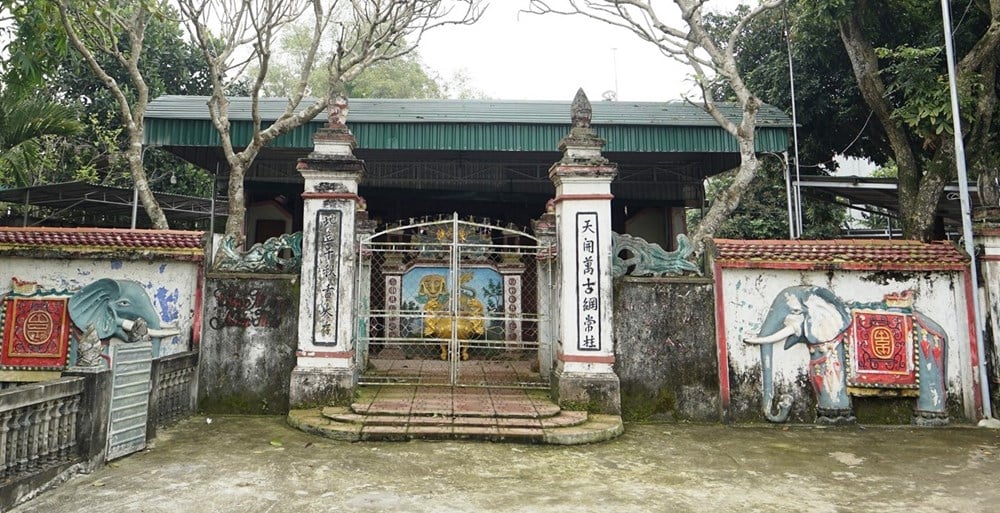
The Tran Khac family temple in Van Tu commune (Yen Thanh) has been inventoried by Nghe An province as a list of relics and scenic spots that have been dismantled and had their location altered.
Despite many challenges, there are also bright spots in the conservation of unclassified relics. In Nam Thanh commune (Yen Thanh district), the People's Committee has proactively established a management board for 6 unclassified works, developed a conservation plan and organized strict management.
Measures such as fire prevention, maintaining security and order, and preventing encroachment on relic land have been implemented. This is a model that should be replicated to protect the precious heritage of the homeland.
Monument conservation work in many places remains ineffective. Unclassified structures, especially communal houses and temples, are seriously deteriorating.
Family relics also face over-exploitation and illegal construction, which violates the core values of the relics. Despite a legal framework for protection, the maintenance and conservation of unclassified structures still faces many difficulties, especially financially.
Local authorities and people have continuously contributed to maintain these relics, but resources are still too few, not enough for complete restoration.
In addition, the process of ranking relics still faces many difficulties due to lack of historical documents and complexity in procedures for preparing records and plot maps, causing delays.
It is worth noting that the initiative of local authorities to propose the ranking of relics plays a decisive role. However, not all places prioritize this issue.
Some localities are concerned about strict regulations on management and conservation after relics are ranked, causing delays in dossier preparation and slowing down the process of protecting deteriorating relics.
Ms. Tran Thi Kim Phuong, Center for Heritage Conservation and Tourism Development, said: “The conservation of unclassified relics is a big challenge. To solve this problem, the unit proposes synchronous and long-term solutions.
First of all, the work of ranking relics needs to be accelerated, while simplifying the process of preparing relic records and increasing support from the provincial and district levels to motivate localities to participate.
In addition, mobilizing social resources, calling for contributions from the community, businesses and children living far from home needs to be promoted to have funds for relic restoration work.
In particular, the important role of local authorities in proactively inventorying and protecting relics, even if they are not yet classified.
"Finally, raising public awareness of the cultural and historical values of relics through propaganda programs is a key factor for people to understand the importance of protecting heritage and avoiding acts of encroachment," Ms. Phuong emphasized.
Source: https://bvhttdl.gov.vn/nghe-an-nan-giai-bao-ton-di-tich-chua-duoc-xep-hang-20250326110450369.htm



![[Photo] Comrade Khamtay Siphandone - a leader who contributed to fostering Vietnam-Laos relations](https://vstatic.vietnam.vn/vietnam/resource/IMAGE/2025/4/3/3d83ed2d26e2426fabd41862661dfff2)


![[Photo] Special relics at the Vietnam Military History Museum associated with the heroic April 30th](https://vstatic.vietnam.vn/vietnam/resource/IMAGE/2025/4/3/a49d65b17b804e398de42bc2caba8368)
![[Photo] Moment of love: Myanmar people are moved to thank Vietnamese soldiers](https://vstatic.vietnam.vn/vietnam/resource/IMAGE/2025/4/3/9b2e07196eb14aa5aacb1bc9e067ae6f)




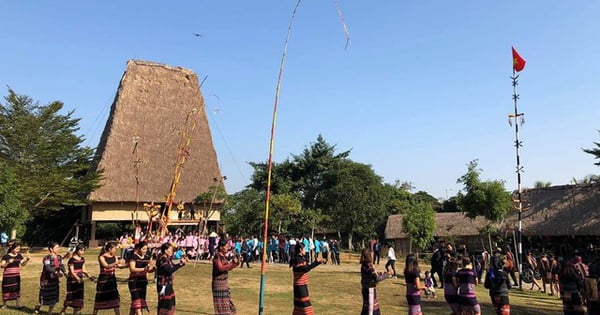
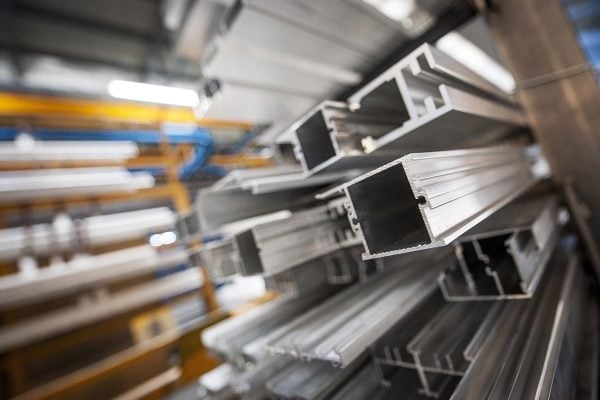








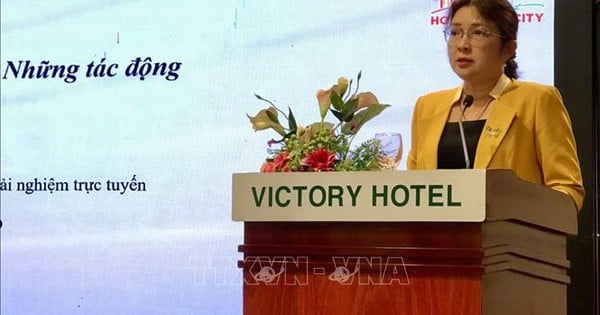
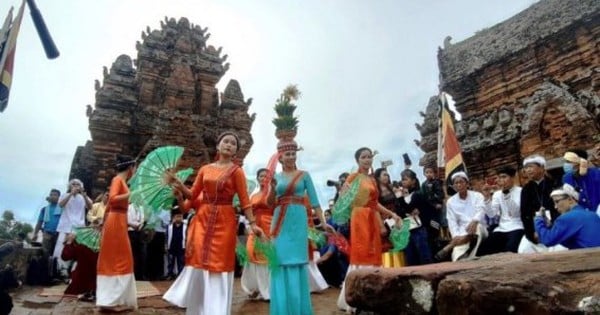






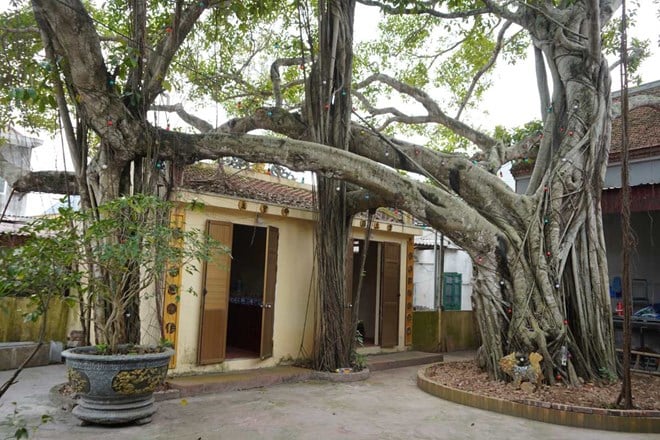

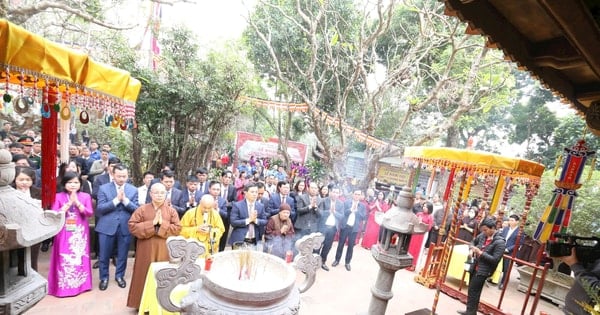



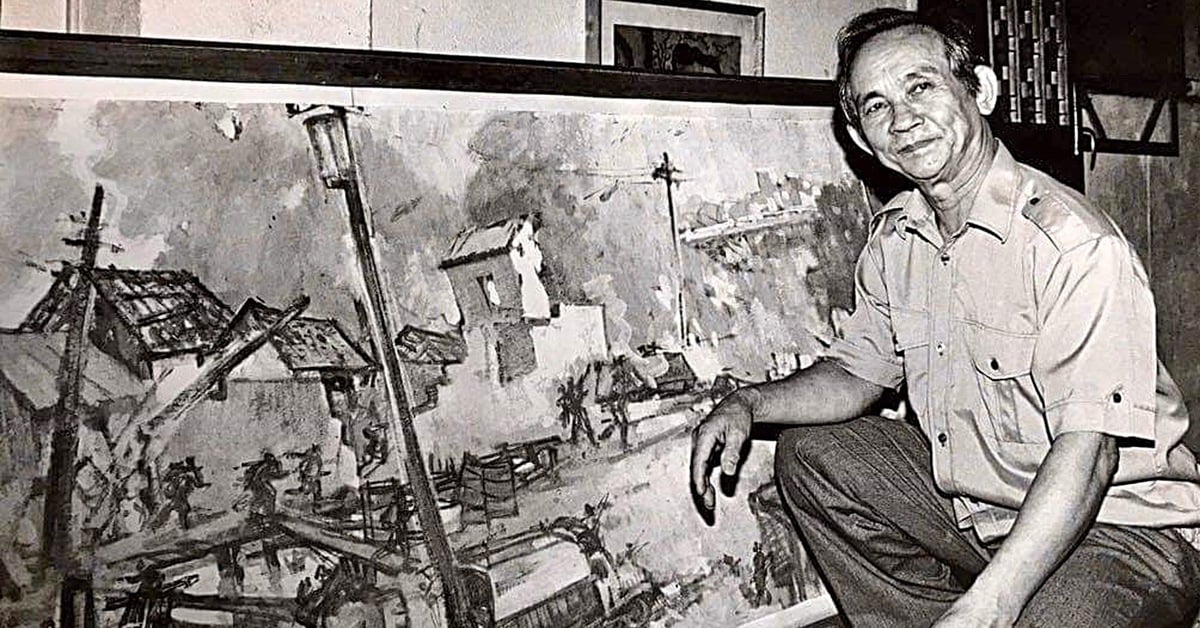


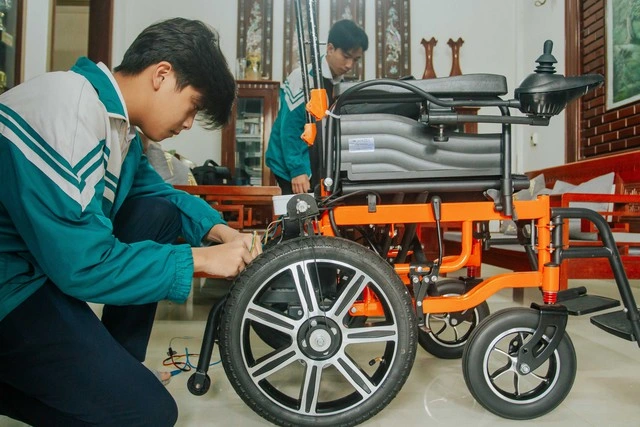


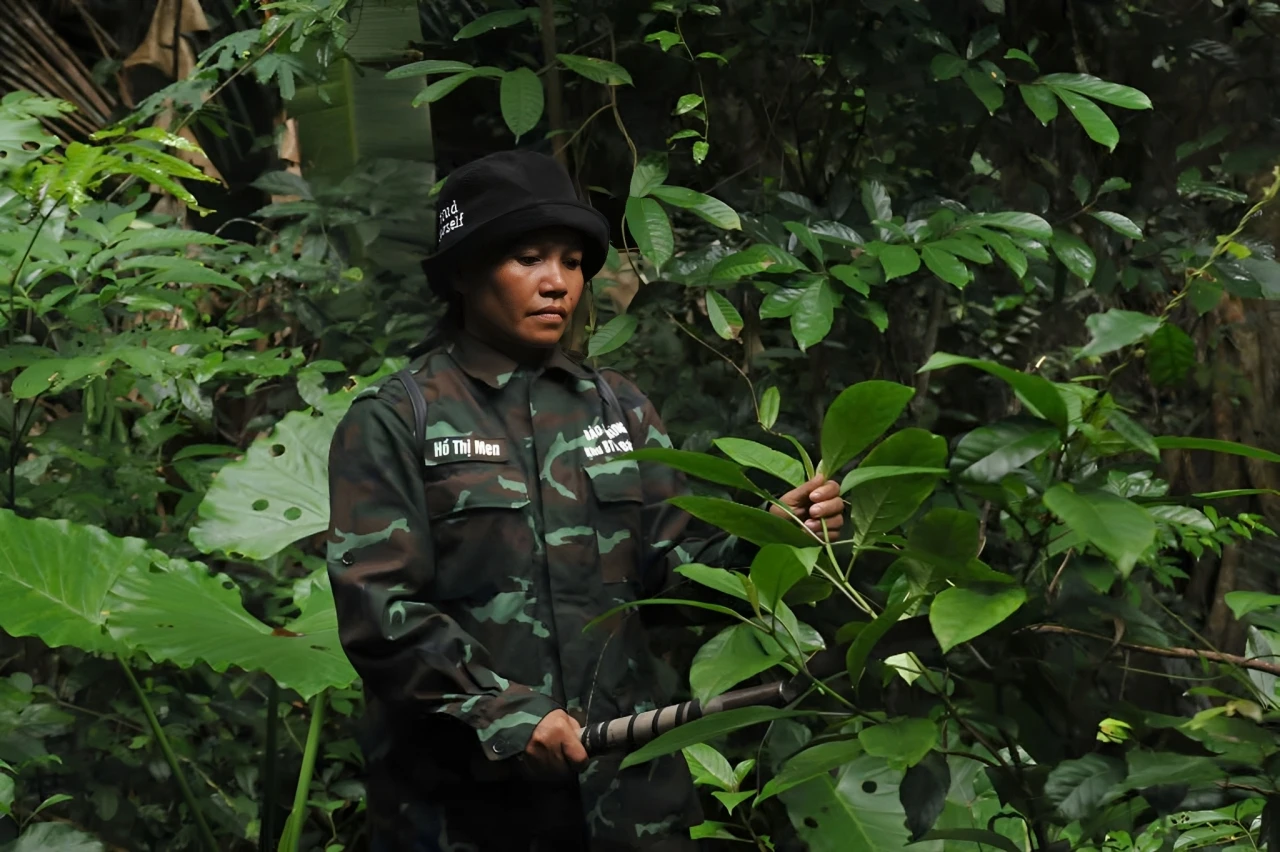

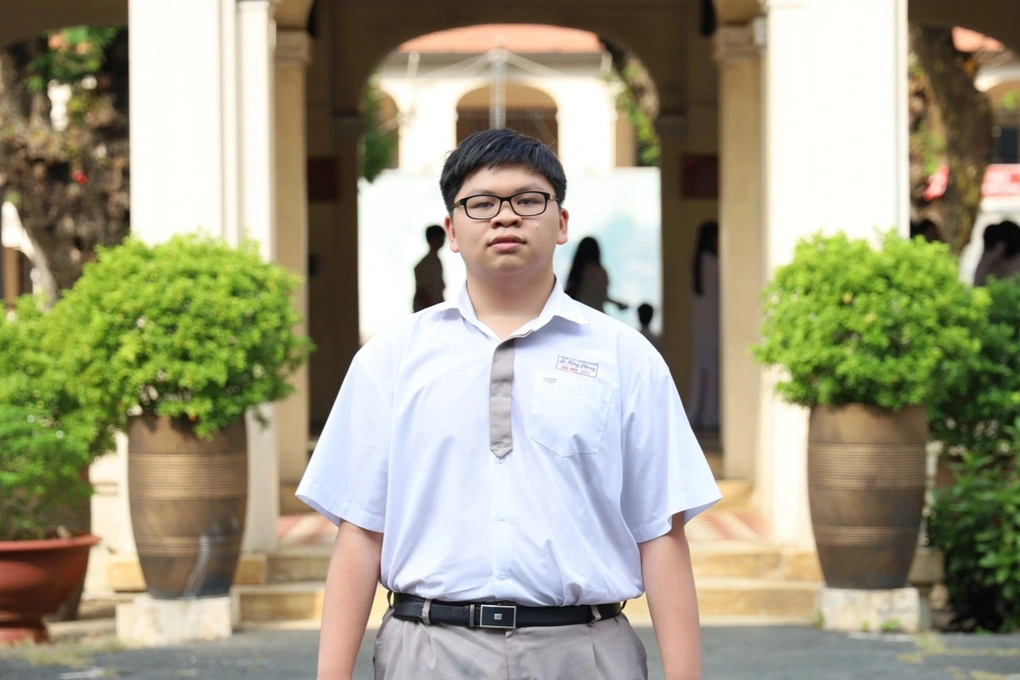









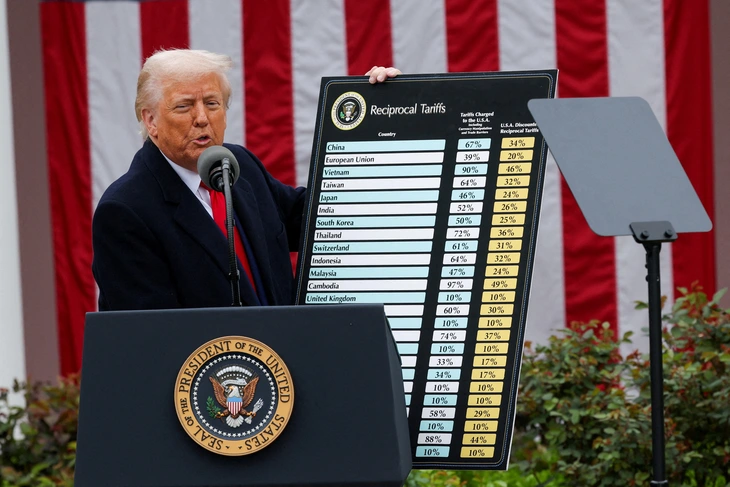
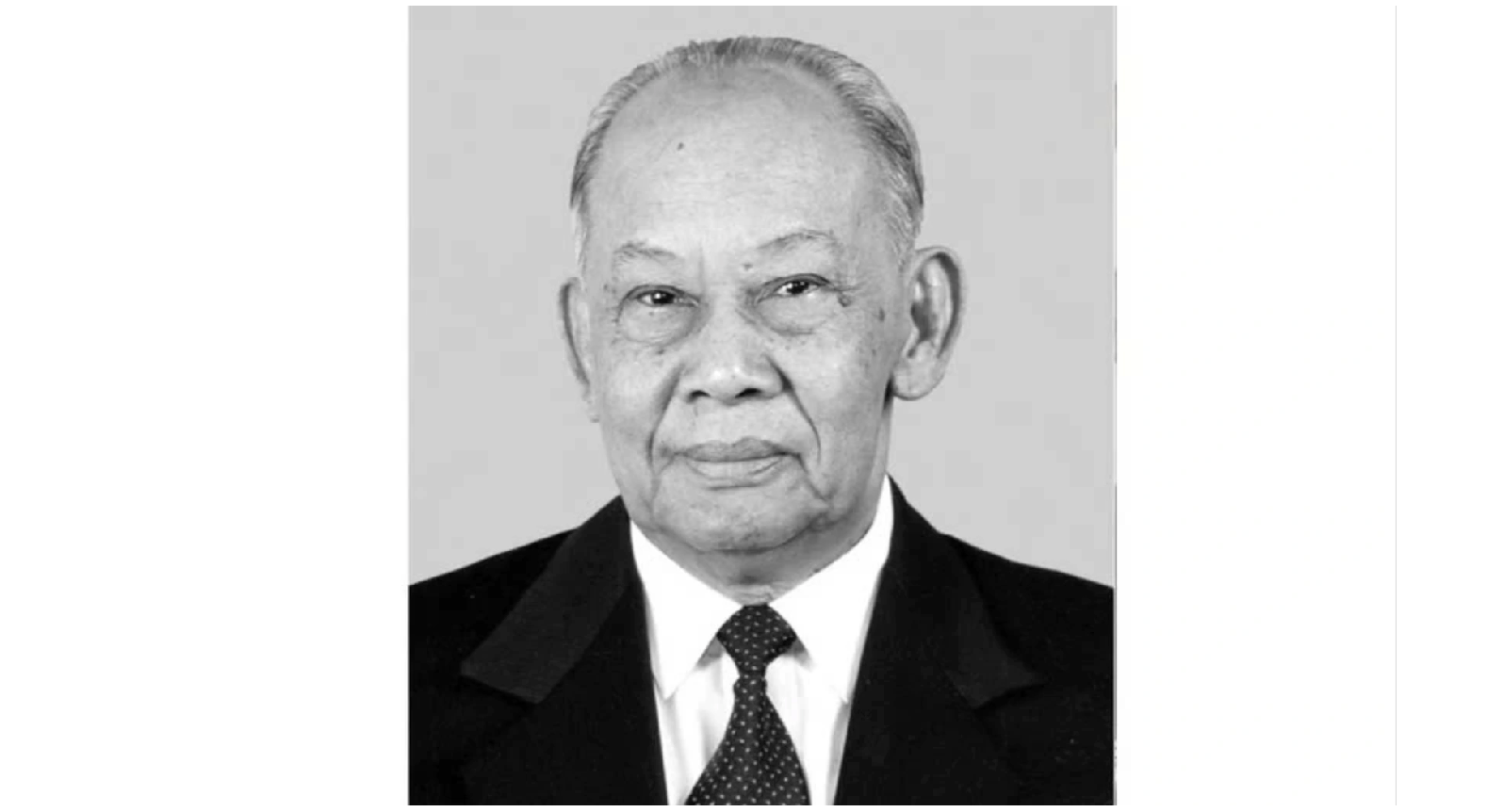






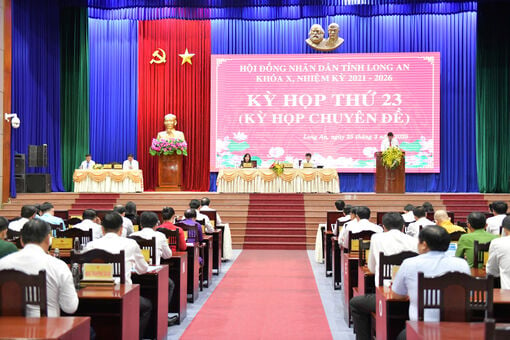
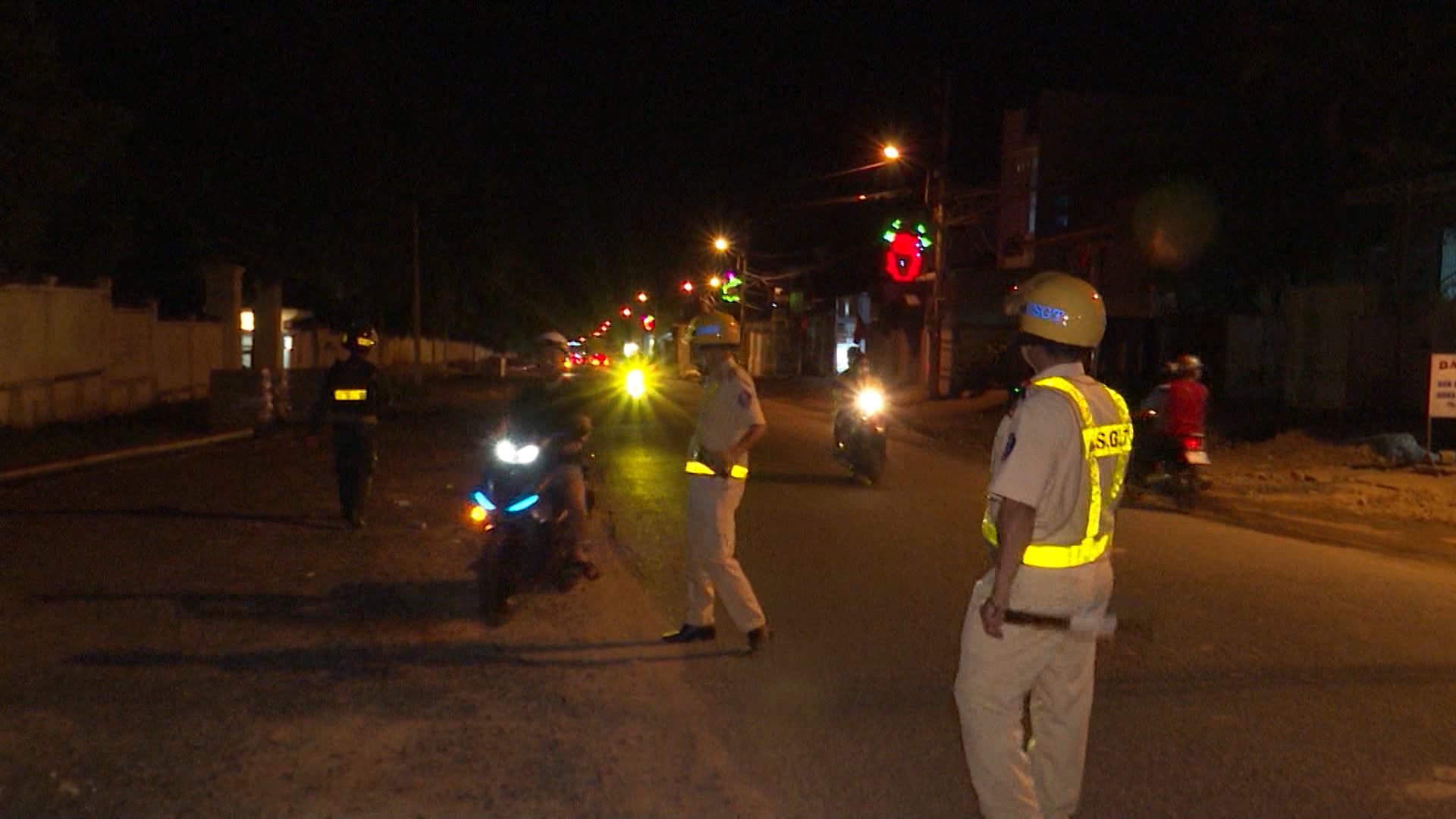



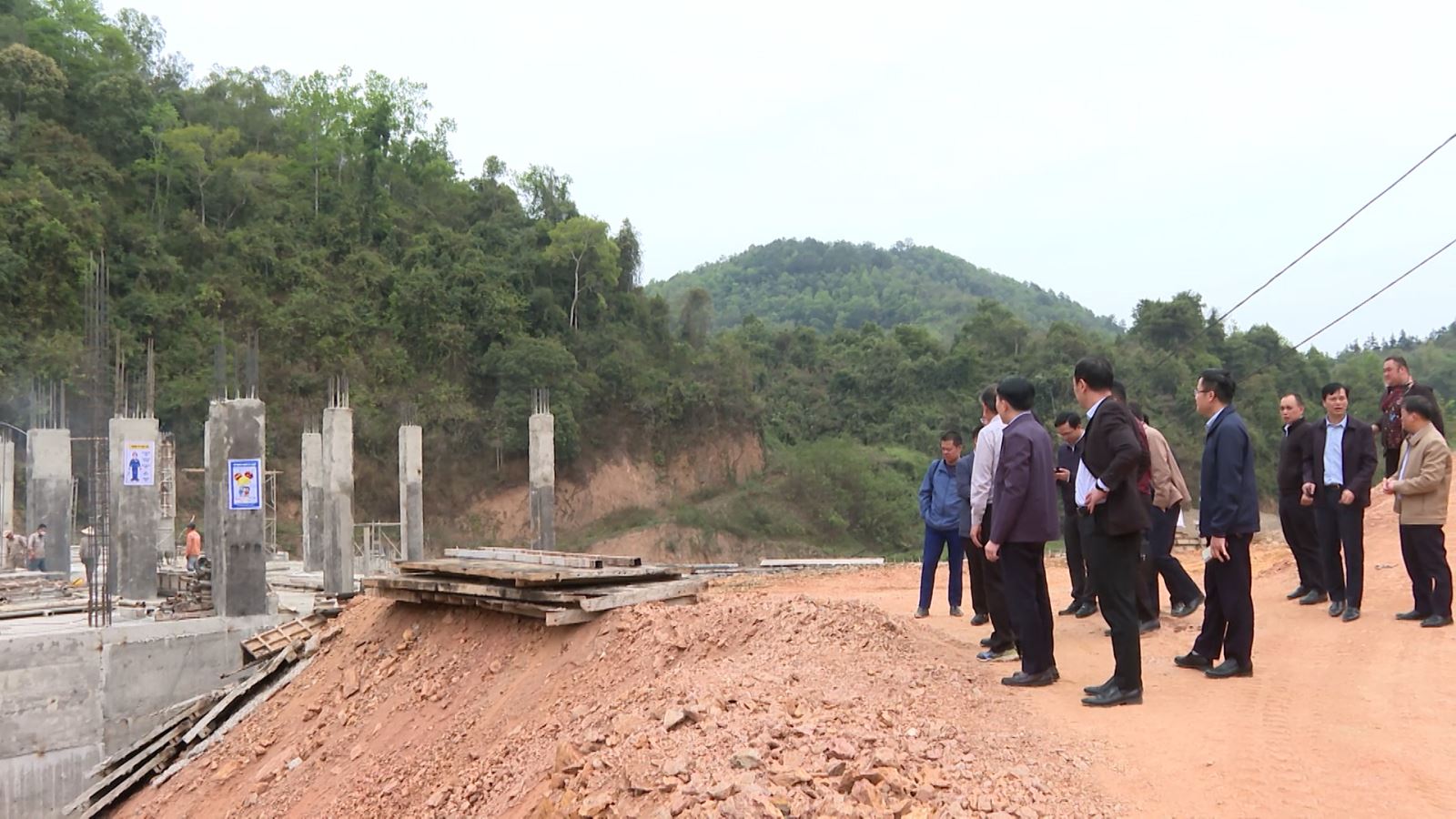













Comment (0)